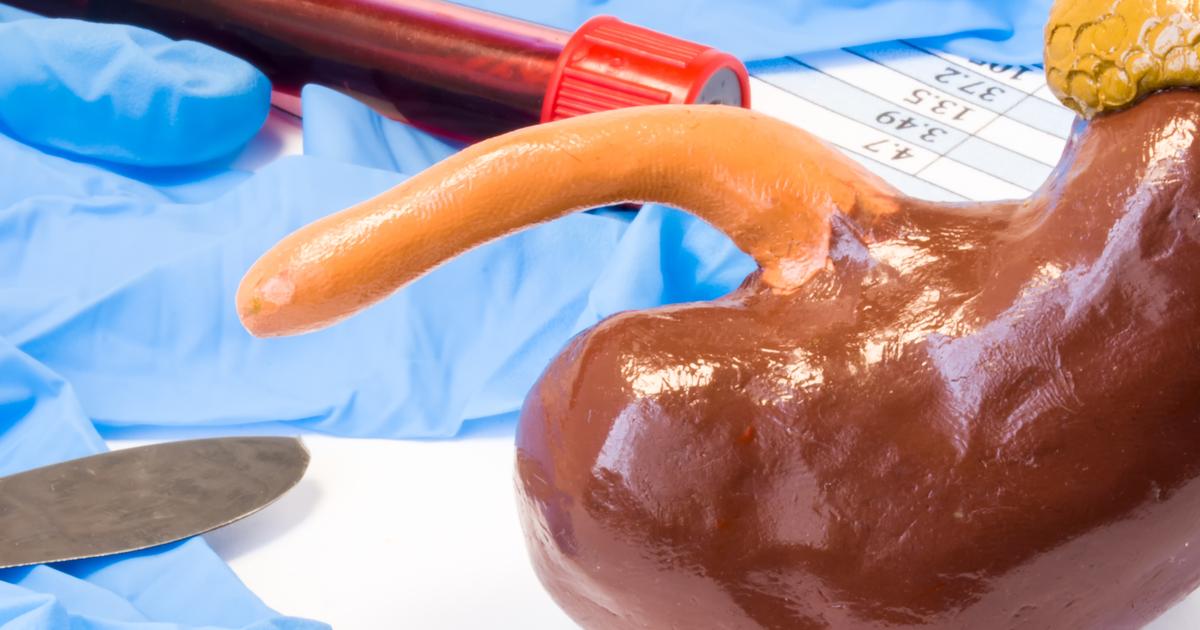What Is Peritoneal Dialysis?
Peritoneal dialysis is a type of treatment that utilizes an individual's peritoneum or abdominal lining and a special fluid to filter the blood when the kidneys are unable to do so. Dialysis must be used, or kidney transplantation is required, when the kidneys cannot filter blood any longer. The kidneys remove excess waste substances and water from the blood so they can leave the body through the urine. When the kidneys are unable to function without some form of medical treatment, it is called kidney disease. Kidney disease can lead to kidney failure, which is characterized by kidneys with less than fifteen percent functionality. It is common for affected individuals to undergo dialysis until they can receive a new kidney. Hemodialysis utilizes a machine to externally filter blood, while peritoneal dialysis uses a mechanism to filter it internally.
Get familiar with peritoneal dialysis, including how the procedure works and how it compares to hemodialysis, now.
How The Procedure Works
How the procedure works depends on which type of peritoneal dialysis a patient uses. Continuous ambulatory peritoneal dialysis is done manually by the individual, while automated peritoneal dialysis is done with the help of a machine called a cycler. With both methods, a special solution made of salt and other substances is transferred from a bag through a catheter into the abdomen. Once all of the fluid is in the abdomen and the bag is empty, it is disconnected so the patient can go about their normal daily activities. The fluid stays inside of the patient's abdomen for several hours to allow for the osmosis of extra fluids and waste substances from the body and bloodstream into the fluid. After several hours, the patient empties the solution augmented with wastes from the abdomen and discards it. They then empty a new bag of fresh solution into the abdomen, and then this exchange is repeated between four and six times each day. With automated peritoneal dialysis, a machine automatically performs the solution exchange process between four and six times while the patient is sleeping at night.
Continue reading to learn about what peritoneal dialysis can help treat next.
What It Helps Treat

Peritoneal dialysis helps treat damage to an individual's kidneys. The kidneys keep a careful balance of minerals and salts in an individual's blood for the body to successfully maintain a healthy state of homeostasis. The minerals and salts that depend on the kidneys for regulation include phosphorus, potassium, calcium, and sodium. An individual's kidneys are also responsible for the production of certain hormones that help keep blood pressure at a healthy level, production of red blood cells, and maintenance of the strength of an individual's bones. When the kidneys can no longer perform one or more of these important functions, the individual is considered to have kidney disease, or in severe cases, kidney failure. Kidney failure results in numerous life-threatening complications, including heart disease, anemia, high blood pressure, loss of bone, excessive itchiness, and malnutrition. Treatment of kidney disease and kidney failure with the use of peritoneal dialysis can help extend a patient's life and relieve many of their symptoms.
Discover the benefits of peritoneal dialysis over hemodialysis next.
